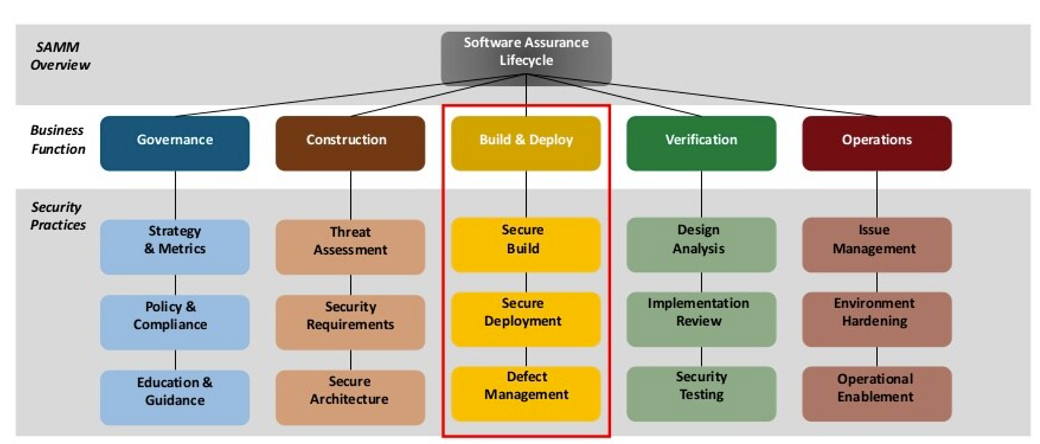Shift-Up Strategies for Elevating Product Security as a Management Priority
Since “shift-left”, and also and “shift-right”, have increasingly been taken over as marketing terms, I believe it’s time to explore other directions as well. For instance upwards. In my opinion, one area that has received far too little attention is how we can elevate the priority of security and better promote its significance to management … Read more









